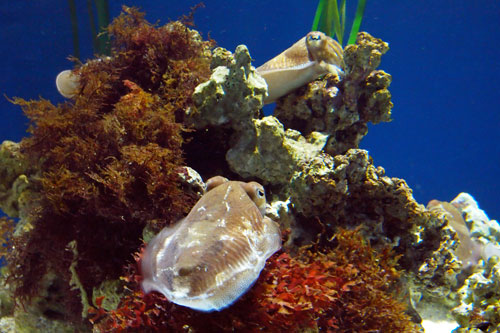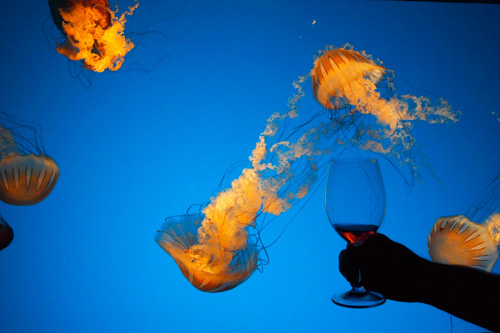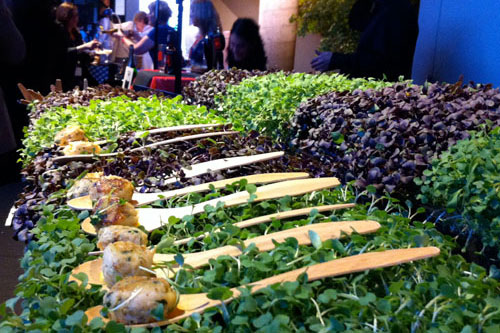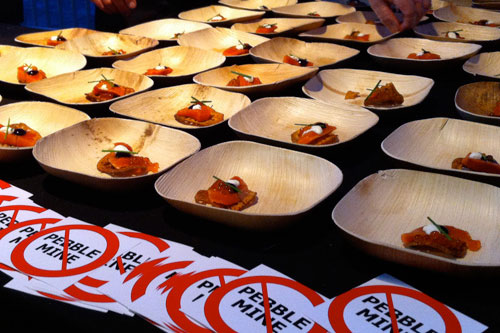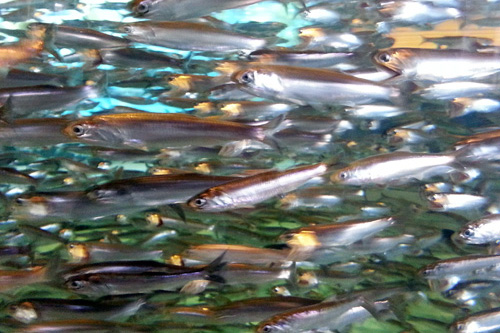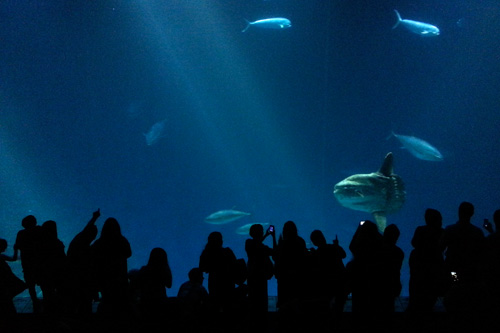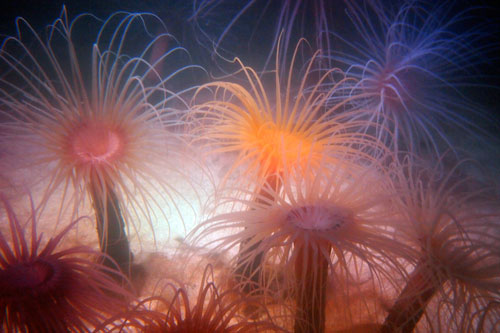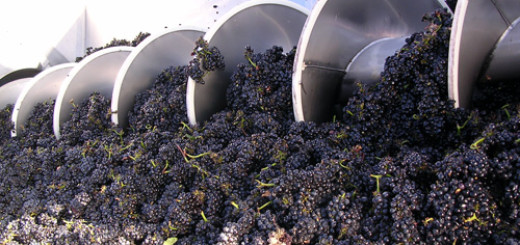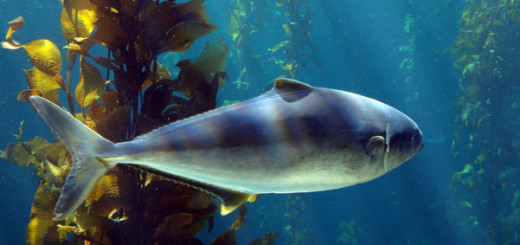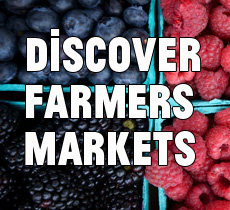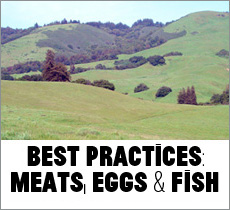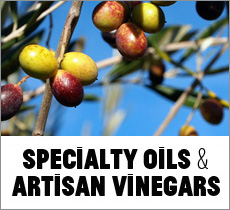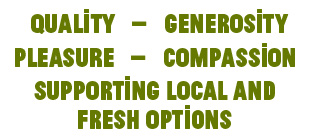Kids & Squids, Vegetarian Trout, and Fries with Eyes
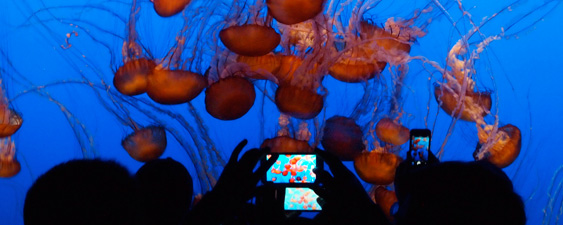

Seafood Watch recommendations (detail)
With so much bad news reported daily about our oceans, it’s challenging to find the positive amidst the gloom. Fortunately, we’re reinvigorated to fight for a more sustainable food system because we’ve just returned from the Monterey Bay Aquarium‘s Sustainable Foods Institute and Cooking for Solutions: game on, oligarchs!
This outstanding educational experience brings together scientists, farmers, fishermen & chefs with writers, bloggers & journalists for two full days of reports from the foodie front lines. The institute sessions and breaks offered ideal opportunities to discuss, develop, and disseminate a diverse array of solutions to address critical global ocean resource and agricultural problems.
We feel so fortunate for the opportunity the last three years to attend the Sustainable Foods Institute and Cooking for Solutions organized and hosted by the Monterey Bay Aquarium and its Seafood Watch program. Seafood Watch—one of our strategic partners—promotes proactive efforts to educate consumers, restauranteurs, fishermen, hospitality professionals, retailers and other seafood stakeholders about best choices to support ocean health.
[Scroll for slideshow]

Insights for Ocean Health and a Foodie Future
Jellies are so beautiful floating in their tanks at the Monterey Bay Aquarium, but I’m sure glad they’re not the only seafood on the menu. Unfortunately, if the demand side of the seafood equation doesn’t respond quickly enough to the global pressures impacting overall ocean and agricultural health, we might need to cultivate a taste for this gelatinous animal, which will thrive in warming seas culled of large predators.
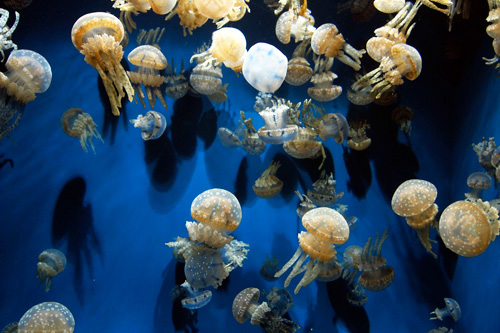
Keep jellies in oceans or aquariums and off dinner plates.
Did you know that an adult leatherback sea turtle needs to eat its weight in jellies every day to achieve enough nutrition from this animal, which provides the entirety of its diet? Do you think you might enjoy jellyfish as much as a sea turtle? To prevent a future of foodies facing down buffets of jellies, we’re putting our shoulders to the wheel and fingers to the keyboard to discover terrestrial and marine solutions to seafood and agricultural challenges.
We learned so much over these few beautiful days in Monterey, California, it’s hard to compress the take-aways into a single post. What follows are some of the insights we gathered from these interesting panels, discussions, and presentations and delicious foodie events.
Balance Scientific Gloom with Sustainability Success Stories
Temper scientific gloom about ocean pollution, climate change, and other challenges with reports on what is working. Discover rays of sunshine in the data, such as reductions in US meat consumption over recent years and dramatic reductions in Chinese shark-fin soup consumption (thanks WildAid!).
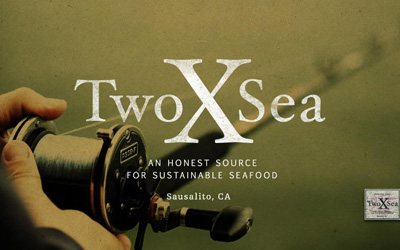
Slurp up success stories such as TwoXSea—an aquaculture business in California associated with Sausalito’s Fish.—that has successfully transitioned to a 100% vegetarian diet for their delicious trout.
Promote Warm Emotional Connections with Cold Fish
Inspiring emotional connections with wild nature and domesticated agriculture presents the strongest pathways into the hearts and minds of consumers to help them make best choices for their dinner plates and beyond. Members of the media should work to “hook” readers with science and emotional heft for greatest impact.
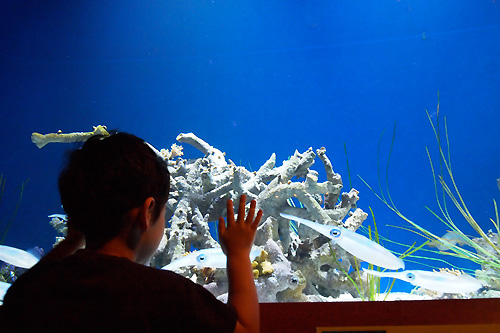
kids & squids: engage emotionally & intellectually with ocean health issues
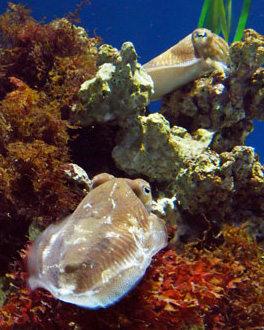
cuttlefish cuties
The cephalopod “Tentacles” exhibit, like most exhibits in the Aquarium, presents interpretive information in both English and Spanish. Not only did we learn a new word—Pulpo = Octopus—but the bilingual information promotes engagement, learning, and deeper connections through visitors understanding more about these unusual animals. The technology station in the Tentacles exhibit required participants to change facial emotions to change the pattern on their skin, just like an octopus.
Personally, I don’t mind the crowds at the Aquarium when the visitors are so captivated with the animals and the experience. As Stephen Jay Gould observed, “we will not fight to save what we do not love.” More love, more fish.
Dive into Complexity: Seafood Best Choices Involve Nuance
Wrangle with the nuance and diversity of the sustainable seafood story rather than over-simplifying this complex issue. A few years ago, we’d never choose to eat farmed fish but, now that increasing numbers of landlocked aquaculture operations more sustainably address the world’s voracious appetite for fish protein, we’re open to this option.
“We’ve hit ‘peak [wild] fish,'” explained Janet Ranganathan from the World Resources Institute as we all viewed her presentation slides and recognized the role of intelligent and do-no-harm aquaculture in our global food future. Throughout the Institute sessions, we also discussed eating less familiar fishes such as the invasive, tasty, yet challenging Lionfish as well as any number of species considered by-catch or “trash fish.”
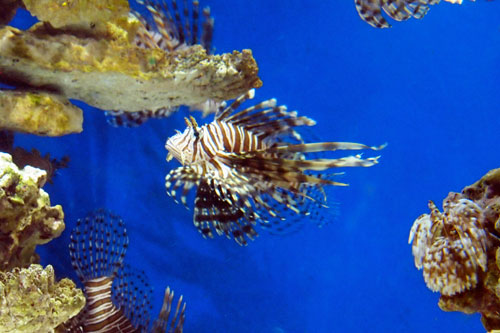
we can eat invasive species like Lionfish but they aren’t easy to catch or clean
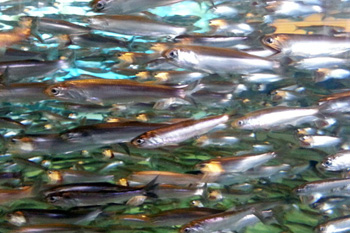
sardines are a green-listed Seafood Watch Best Choice
In the Spice house kitchen/cocina, we need to learn to integrate sardines into our culinary world. We’re up for a delicious challenge to make this protein-rich, fast growing, low-mercury fish part of our diet. This is true despite my having to eat a few too many canned, mustarded sardines on Outward Bound canoe expeditions in the Boundary Waters Canoe Area Wilderness 20 years ago. We look forward to experimenting in the kitchen with fresh sardines. We heard about frying breaded sardines whole and serving “fries with eyes,” in the Bay Area. “Eat the whole fish,” say the scientists: “Go beyond the filet.” Stay tuned for foodie sardine adventures.
Technology Can Promote Sustainability
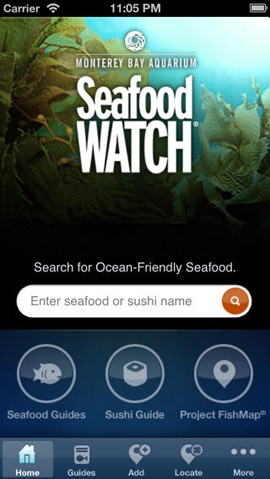 Technological advancements can promote a more sustainable food system, such as technology on fishing boats that strengthens links between fishermen and their customers as well as technology in the lab to produce fish meal replacements for aquaculture that would release pressure on wild feeder fish stocks.
Technological advancements can promote a more sustainable food system, such as technology on fishing boats that strengthens links between fishermen and their customers as well as technology in the lab to produce fish meal replacements for aquaculture that would release pressure on wild feeder fish stocks.
If you’re reading this post and you don’t yet have the Seafood Watch app on your smartphone, that’s an easy place to start to make best choices whether you’re a home cook, a restaurant owner, or a seafood retailer.
One of our favorite recipes using green listed “best choice” seafood options comes from Eating Well magazine: Thai Red Curry Mussels. We make this quick, inexpensive soup with spinach rather than watercress. As filter feeders, mussels are some of the most sustainable seafood options for dinner. We bought 1 pound of cleaned, frozen mussels from Chile for $5. Just remember to discard any individuals that don’t spring open upon cooking/steaming.
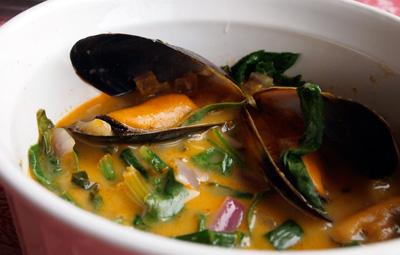
Thai Red Curry Mussels from Eating Well
Thank You!
Thanks to all the individuals who organized the complex, exhilarating, inspiring, and delicious events that inspire us with knowledge and new ideas for solutions to save our threatened oceans. We sincerely appreciate your efforts to disseminate serious and positive news about moving toward a more sustainable food system on regional, national, and global levels.
Such a foodie thrill to meet so many wonderful chefs including Carla Hall, Nathan Lyon, Sam Choy of Sam Choy’s Kai Lanai, Cal Stamenov of Bernardus Lodge, Mark Dommen of One Market Restaurant, Pamela Burns of The Wild Plum Café, John Fink of The Whole Beast, and Ted & Cindy Walter of Passionfish, among others—who proudly foreground their commitment to supporting more sustainable food and drink options for healthier communities and healthier ecosystems. Yay!



